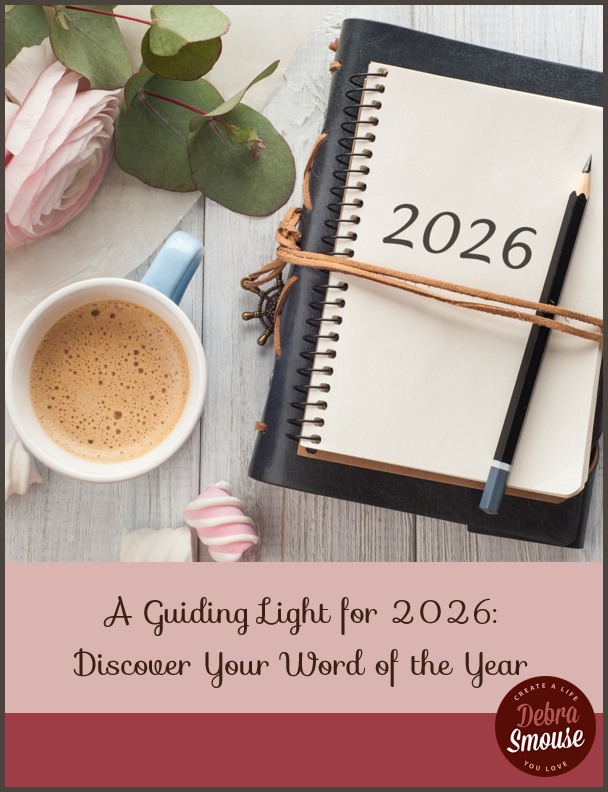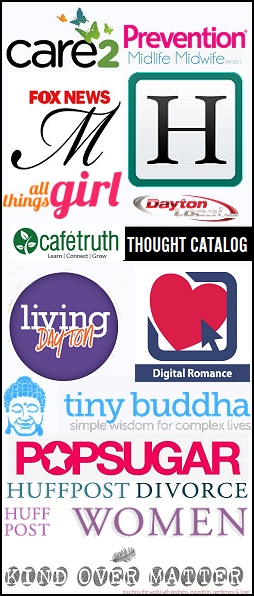Recovery from addiction is a lifelong process, and while completing a treatment program is a powerful first step, maintaining sobriety requires ongoing effort.
One of the most effective tools for safeguarding progress is a personal relapse prevention plan. This plan acts like a roadmap, helping individuals anticipate challenges, manage triggers, and stay grounded in healthy habits that support lasting sobriety.
Relapse doesn’t happen overnight—it’s often a gradual process that begins with emotional and mental struggles before leading to physical use. A personalized prevention plan equips individuals to recognize warning signs early and respond proactively, reducing the risk of falling back into old patterns.
Why a Relapse Prevention Plan Matters
- Anticipates High-Risk Situations: By identifying potential triggers in advance, individuals are less likely to be caught off guard.
- Strengthens Coping Skills: Having a toolbox of strategies provides healthier ways to manage cravings, stress, and emotions.
- Provides Structure: A written plan creates accountability and clarity, making it easier to stay on track.
- Encourages Support: Plans often involve sharing strategies with trusted friends, family, or counselors who can step in when needed.
Key Components of a Personal Relapse Prevention Plan
1. Identify Triggers
Triggers can be external (places, people, or events) or internal (stress, boredom, loneliness). Common triggers include:
- Being around friends who still use substances
- Attending parties or events where alcohol or drugs are present
- Feeling overwhelmed, depressed, or anxious
- Financial stress or relationship conflicts
Writing these down increases awareness and prepares individuals to avoid or manage them effectively.
2. Recognize Early Warning Signs
Relapse often begins with subtle shifts in emotions and behavior. Some signs include:
- Isolating from support networks
- Skipping therapy or group meetings
- Romanticizing past substance use
- Neglecting self-care routines
Acknowledging these red flags makes it easier to take corrective action before cravings escalate.
3. Develop Healthy Coping Strategies
When cravings or stress hit, it’s important to have positive alternatives. Examples include:
- Physical coping: Exercise, yoga, deep breathing
- Emotional coping: Journaling, therapy sessions, talking with a sponsor
- Distraction techniques: Reading, creative hobbies, volunteering
- Mindfulness: Meditation, grounding techniques, gratitude practices
4. Create a Daily Routine
Structure reduces the risk of relapse by minimizing idle time and reinforcing healthy habits. A balanced routine might include:
- Regular sleep schedule
- Nutritious meals
- Designated times for work, therapy, and relaxation
- Social or community involvement
Consistency creates stability, which is especially valuable during stressful times.
5. Build a Strong Support Network
Support is a cornerstone of relapse prevention. This may include:
- Attending regular 12-step or SMART Recovery meetings
- Having a sponsor or mentor to call when cravings arise
- Sharing the prevention plan with family or trusted friends so they can offer accountability
- Joining sober living communities or peer-support groups
6. Emergency Action Plan
Despite preparation, high-risk situations can still occur. A relapse prevention plan should include steps for urgent moments:
- Who to call immediately (sponsor, therapist, or friend)
- Safe places to go (a meeting, a supportive home, or a sober environment)
- Quick grounding techniques to ride out cravings (breathing exercises, mindfulness, a short walk)
Having this mapped out reduces panic and provides confidence in managing difficult situations.
7. Set Recovery Goals
Goals keep motivation alive and create a sense of purpose. These can be:
- Short-term: Attending three support meetings per week, journaling daily
- Medium-term: Completing a certification course, improving fitness
- Long-term: Rebuilding relationships, advancing in a career, or pursuing hobbies
Tracking progress toward these goals helps individuals stay focused on growth rather than dwelling on past struggles.
Maintaining and Updating the Plan
A relapse prevention plan isn’t static. As life changes, so do triggers and coping needs. It’s important to:
- Review the plan regularly with a counselor or sponsor
- Adjust strategies as new challenges arise
- Celebrate successes, even small ones, to build confidence
- Keep the plan accessible (written in a journal, saved on a phone, or shared with trusted people)
Final Thoughts
Creating a personal relapse prevention plan is not about expecting failure—it’s about building resilience and preparation. With clear strategies, support systems, and actionable steps, individuals can face challenges without resorting to substances.
Recovery is a journey full of ups and downs, but a strong prevention plan empowers people to navigate obstacles with confidence, protect their sobriety, and continue moving toward a healthier, more fulfilling life.
Do you need some strategies to help you make self-care a priority?
Snag a free workbook and get inspiration on all the ways to love your life even more.
>>Click Here to Discover Additional Articles on Strategies to Get Your Life on Track <<









